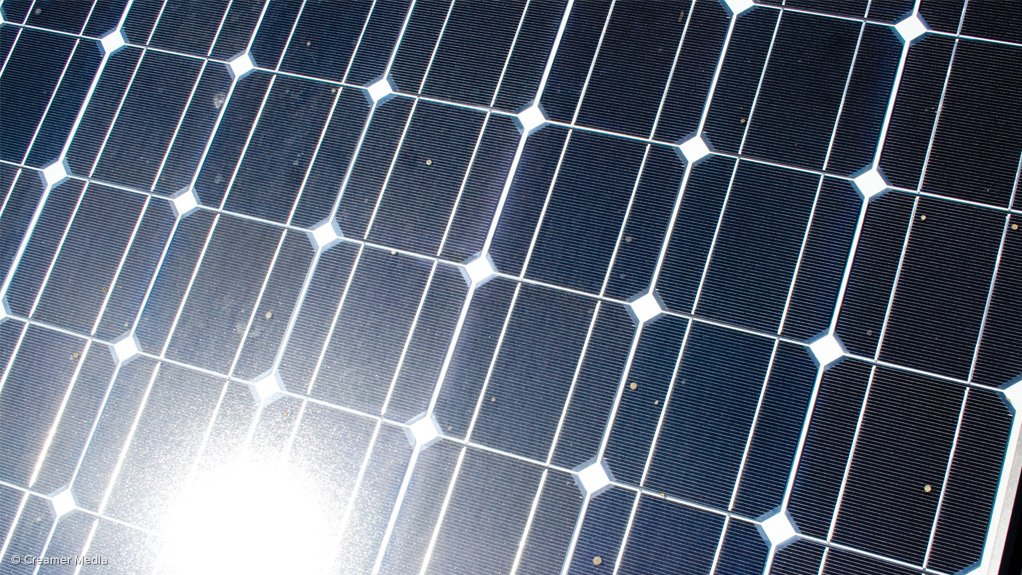Cash-hungry solar photovoltaic (PV) projects in sub-Saharan Africa are largely assessed by lenders on a case-by-case technical basis and, while some standard technical and nontechnical aspects would be required to reach financial close, these are not entirely inflexible, Mott MacDonald business developer and project manager Javier Relancio said on Thursday.
“[We] try to get it out of our heads that there is an absolute basis [upon which the financial viability of each PV project is assessed] and rather look at the projects individually,” he told the Solar Indaba, in Johannesburg.
The multidisciplinary consultancy had been heavily involved in bringing several renewable energy projects in the country to financial close, including four concentrated solar power projects and five PV projects.
Elaborating on the technical aspects that were considered when funders reviewed a potential solar investment project, Relancio outlined that the structure of the project partnership was initially investigated.
This involved scrutinising the owner of the project, the engineering, procurement and construction (EPC) contractor, as well as the operations and maintenance (O&M) contractor.
“[We would] look at their record, their previous experience in South Africa and the partners they collaborate with in the country,” he commented.
EPC contract documentation was thoroughly scrutinised to ensure it was comprehensive, placed the appropriate EPC obligations on the contractor and was consistent with all other project documentation.
An assessment of the solar resource and potential energy yield would then be initiated, with particular focus on the quality of the resource assessment, including the methodology and "the identification of uncertainties", the planned layout of the PV plant, the project’s cleaning regime, as well as its expected availability and outage periods.
The record of the components manufacturer would then be investigated, as well as the guarantees or warranties provided with the PV hardware itself.
“Lenders are worried about the overall performance of the project, the yield estimation and the guarantees offered under the contractual documents,” he said.
This would involve an assessment of the selected PV modules’ yield-over-efficiency, while, in terms of technology, the lead technical adviser's assessment would include the review of the primary equipment, including the PV modules and inverters, as well as a review of the system integration.
“The lender will want to know what the general issues with that inverter are, whether there is compliance with grid code and what the maintenance approach is, which is typically one of the primary items in the O&M budget.
"We are seeing different approaches to face the costs associated with critical components during the operating period, including maintenance reserve accounts and long-term agreements. This needs to be studied on a one-to-one basis, depending on the particularities of the project and the equipment selected," he explained.
Further attention would be paid to the general layout and design of the PV project; associated project documentation, which laid out the construction schedule; and environmental aspects and permitting.
EMAIL THIS ARTICLE SAVE THIS ARTICLE
To subscribe email subscriptions@creamermedia.co.za or click here
To advertise email advertising@creamermedia.co.za or click here











